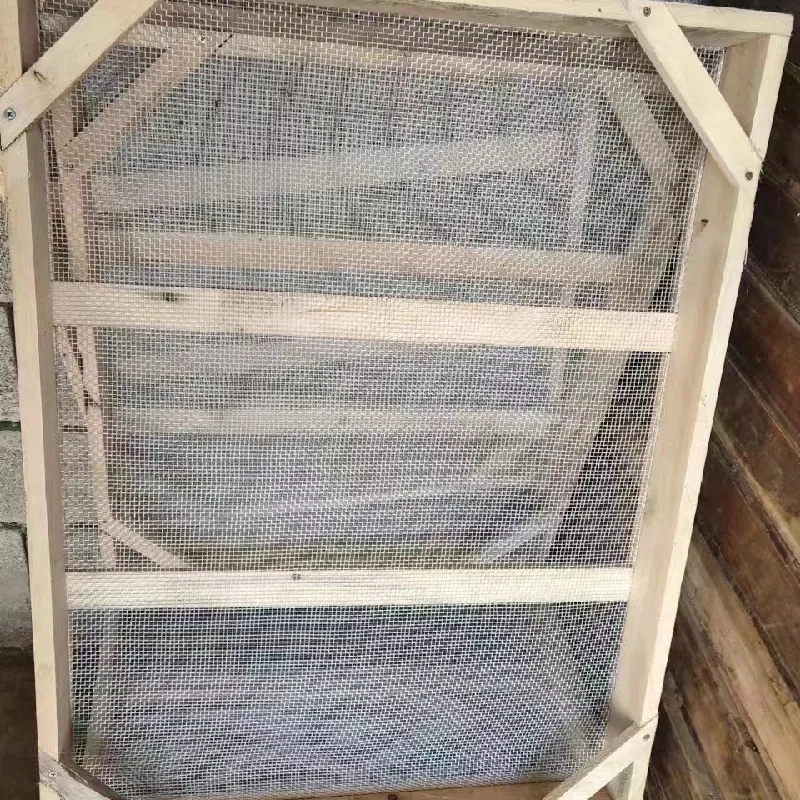-
 Afrikaans
Afrikaans -
 Albanian
Albanian -
 Amharic
Amharic -
 Arabic
Arabic -
 Armenian
Armenian -
 Azerbaijani
Azerbaijani -
 Basque
Basque -
 Belarusian
Belarusian -
 Bengali
Bengali -
 Bosnian
Bosnian -
 Bulgarian
Bulgarian -
 Catalan
Catalan -
 Cebuano
Cebuano -
 China
China -
 Corsican
Corsican -
 Croatian
Croatian -
 Czech
Czech -
 Danish
Danish -
 Dutch
Dutch -
 English
English -
 Esperanto
Esperanto -
 Estonian
Estonian -
 Finnish
Finnish -
 French
French -
 Frisian
Frisian -
 Galician
Galician -
 Georgian
Georgian -
 German
German -
 Greek
Greek -
 Gujarati
Gujarati -
 Haitian Creole
Haitian Creole -
 hausa
hausa -
 hawaiian
hawaiian -
 Hebrew
Hebrew -
 Hindi
Hindi -
 Miao
Miao -
 Hungarian
Hungarian -
 Icelandic
Icelandic -
 igbo
igbo -
 Indonesian
Indonesian -
 irish
irish -
 Italian
Italian -
 Japanese
Japanese -
 Javanese
Javanese -
 Kannada
Kannada -
 kazakh
kazakh -
 Khmer
Khmer -
 Rwandese
Rwandese -
 Korean
Korean -
 Kurdish
Kurdish -
 Kyrgyz
Kyrgyz -
 Lao
Lao -
 Latin
Latin -
 Latvian
Latvian -
 Lithuanian
Lithuanian -
 Luxembourgish
Luxembourgish -
 Macedonian
Macedonian -
 Malgashi
Malgashi -
 Malay
Malay -
 Malayalam
Malayalam -
 Maltese
Maltese -
 Maori
Maori -
 Marathi
Marathi -
 Mongolian
Mongolian -
 Myanmar
Myanmar -
 Nepali
Nepali -
 Norwegian
Norwegian -
 Norwegian
Norwegian -
 Occitan
Occitan -
 Pashto
Pashto -
 Persian
Persian -
 Polish
Polish -
 Portuguese
Portuguese -
 Punjabi
Punjabi -
 Romanian
Romanian -
 Russian
Russian -
 Samoan
Samoan -
 Scottish Gaelic
Scottish Gaelic -
 Serbian
Serbian -
 Sesotho
Sesotho -
 Shona
Shona -
 Sindhi
Sindhi -
 Sinhala
Sinhala -
 Slovak
Slovak -
 Slovenian
Slovenian -
 Somali
Somali -
 Spanish
Spanish -
 Sundanese
Sundanese -
 Swahili
Swahili -
 Swedish
Swedish -
 Tagalog
Tagalog -
 Tajik
Tajik -
 Tamil
Tamil -
 Tatar
Tatar -
 Telugu
Telugu -
 Thai
Thai -
 Turkish
Turkish -
 Turkmen
Turkmen -
 Ukrainian
Ukrainian -
 Urdu
Urdu -
 Uighur
Uighur -
 Uzbek
Uzbek -
 Vietnamese
Vietnamese -
 Welsh
Welsh -
 Bantu
Bantu -
 Yiddish
Yiddish -
 Yoruba
Yoruba -
 Zulu
Zulu
hail net
Understanding Hail Nets Protecting Crops from Hail Damage
Hail has long been a concern for farmers around the world, capable of causing devastating damage to crops in just a matter of minutes. The unpredictable nature of hailstorms poses a significant threat to agricultural productivity, compelling many in the farming community to seek protective measures. One of the most effective solutions that has emerged is the use of hail nets.
Hail nets are large, durable nets designed to shield crops from hailstones. They are typically made from high-density polyethylene (HDPE) or other robust materials that can withstand the impact of hail without tearing or breaking. These nets can be deployed over fields, orchards, and vineyards to create a protective barrier against hail, potentially saving farmers from the financial losses associated with crop damage.
The primary advantage of using hail nets is their effectiveness. Studies have shown that crops protected by hail nets can achieve significantly higher yields compared to those exposed to hailstorms. For instance, fruit trees and vineyards, which are particularly vulnerable to hail, often suffer severe losses during hail events. By covering these plants with hail nets, farmers can ensure a much higher quality and quantity of produce at harvest time.
In addition to their protective capabilities, hail nets also offer other benefits. They provide some shelter from wind and UV radiation, creating a more favorable microclimate for crops. This can lead to improved growth rates and better overall health of the plants. Furthermore, hail nets can reduce water evaporation from the soil, promoting efficient water usage during dry spells.
hail net

Installation of hail nets is relatively straightforward, although it requires careful planning. Farmers typically work with experts to determine the most effective installation methods for their specific crops and geographic location. The nets are anchored to the ground, often using poles or posts, and must be installed at the right height to avoid interfering with the growth of the plants below. While the initial investment in hail nets can be substantial, many farmers find that the long-term benefits far outweigh the costs.
One common concern regarding hail nets is their impact on the environment. However, modern nets are designed to be eco-friendly, with UV-resistant materials that have a long lifespan. Additionally, they are often recyclable at the end of their useful life. Farmers using hail nets report minimal disruption to local ecosystems, as the nets allow for rainfall and sunlight to reach the crops adequately.
Ultimately, the decision to use hail nets comes down to a farmer’s individual circumstances, including the crop types, location, and susceptibility to hail damage. As climate change continues to influence weather patterns, the incidence and intensity of hailstorms are expected to rise in many areas. Given this reality, incorporating protective measures such as hail nets becomes increasingly critical for farmers aiming to safeguard their livelihoods.
In conclusion, hail nets represent a practical and effective solution for mitigating the risks associated with hailstorms in agriculture. By investing in this technology, farmers can protect their crops, enhance yields, and contribute to more stable agricultural production amid the challenges posed by climate variability. As awareness of hail net benefits grows, more farmers are likely to adopt this innovative solution, securing their harvests and supporting food security for the future.
-
Shipping Plastic Bags for Every NeedNewsJul.24,2025
-
Safety Netting: Your Shield in ConstructionNewsJul.24,2025
-
Plastic Mesh Netting for Everyday UseNewsJul.24,2025
-
Nylon Netting for Every UseNewsJul.24,2025
-
Mesh Breeder Box for Fish TanksNewsJul.24,2025
-
Expanded Steel Mesh Offers Durable VersatilityNewsJul.24,2025











